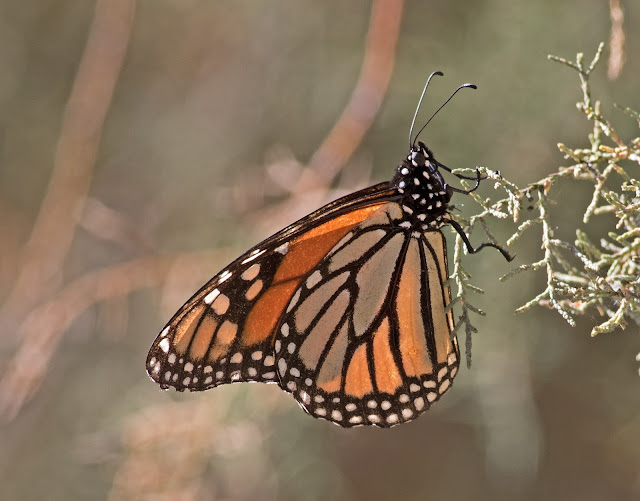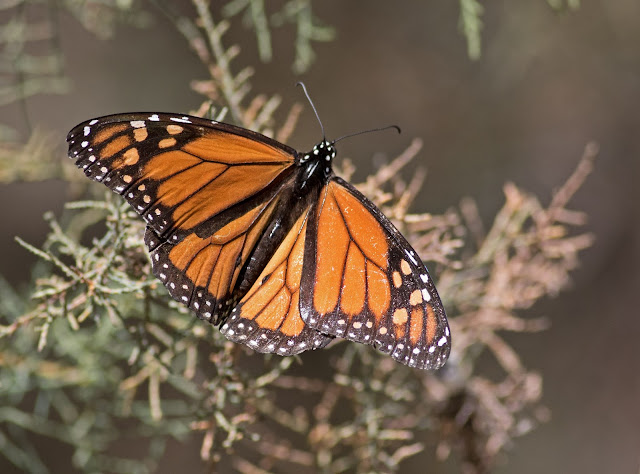Next stop was for the pair of Red Crested Pochards on Ivy lake at Chichester Gravel Pits. A big thank you to Sarah, without whose help we would probably never have found the birds. They were well hidden under the trees at the back of one of the islands. During our time of observation we were joined by Alan Kitson and Bart Ives, both remained for a short while. We hung on hopeful that the birds would come out to feed but in fact they seemed to be going deeper into cover. Word filtered through that Owen Mitchell had a White-fronted Goose on East Lake so we departed, hopefully for a better photo opportunity. Fat chance, the bird was miles away but it was a good looking adult and begged to be photographed properly. Martin led the way and by outstanding guile and field craft, navigated us into a position for a better shot. Nice to meet Andrew and Peter, the birder list was now growing, obviously fine weather on the last day of winter was enticing everyone out.
On the way back to the car we had a final try at the RCPs, now they were barely visible but we did give them a further ten minutes to pose but they declined. Two displaying Great Crested Grebes, sparking is the term I would use, definitely interested but not ready to go into that wonderful ballet routine.
We couldn't finish early so we made our way up to the "triangle" in Peppering Lane. Not a lot flying, a couple of Skylarks and a lone Buzzard. Out in the field of rape seed was a pair of Grey Partridges, so the three ticks for the day were in the bag. Our final venue was WWT Arundel where Martin had previously found a Firecrest near the Sand Martin hide, we searched diligently but found nothing, we were making our way back to the VC when we came across a familiar figure hunched over a 500mm lens - Trevor - who was also searching for a Firecrest. Pooling our resources we finally found a specimen, with the help of several other birders. The snapping was frantic, trying to nail an impossible target that failed to stay still for a fraction of a second.
We wound up the day with teas and cakes in the restaurant and caught up on the birding tales of recent months. A cracking day out - just need to have a revisit to nail that pesky Firecrest.








































































